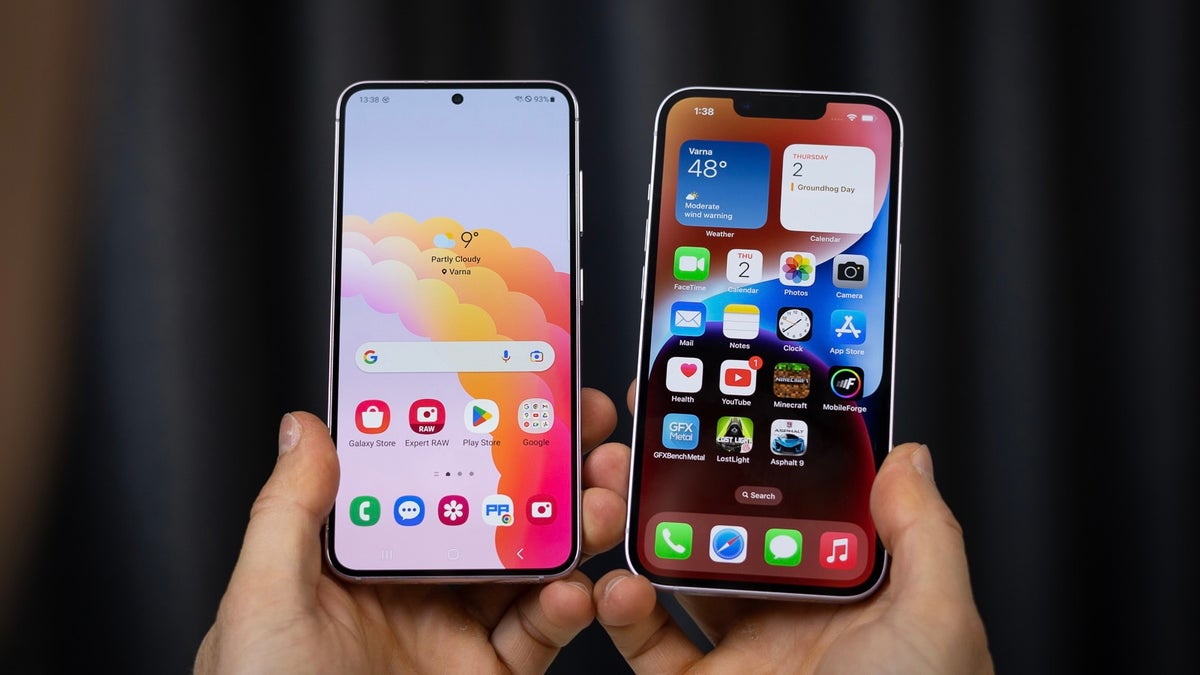
Introduction
Switching from Android to iPhone is becoming increasingly common. However, transferring data, especially videos, can be a bit tricky. This guide will walk you through several methods to transfer high-quality videos from your Android device to your new iPhone.
Method 1: Using the Move to iOS App
The Move to iOS app simplifies the process of transferring data from Android to iPhone. Follow these steps:
Ensure Your Devices Are Ready
- Turn on Wi-Fi on your Android device.
- Plug both devices into chargers.
- Confirm enough storage on your iPhone for the transfer.
Set Up Your iPhone
- Follow on-screen instructions to set up your iPhone.
- When you reach the "Transfer Your Apps & Data" screen, select "From Android."
Install the Move to iOS App
- Download the Move to iOS app from the Google Play Store on your Android device.
- Scan the QR code on the "Move from Android" screen with your Android device.
Enter the One-Time Code
- Tap "Continue" on your iPhone to receive a six-digit or ten-digit code.
- Open Move to iOS on your Android device and enter the code.
Select the Content to Transfer
- Allow access to your apps and data if prompted.
- Choose the content you wish to transfer, then tap "Continue."
Wait for the Transfer Process
- Keep both devices plugged in until the loading bar on your iPhone finishes.
Complete the Transfer
- Tap "Done" on your Android device once the process is complete.
- Follow the remaining on-screen steps on your iPhone.
Method 2: Using Third-Party Transfer Apps
Third-party apps like EaseUS MobiMover offer a comprehensive solution for transferring data between Android and iOS devices.
Download and Install EaseUS MobiMover
- Open EaseUS MobiMover on your computer.
- Connect both your Android phone and iPhone to the computer.
Enable Necessary Permissions
- Set your Android phone as the source device and your iPhone as the target.
- Follow on-screen instructions to enable permissions on both devices.
Select the Videos to Transfer
- Choose the "Videos" category to view all videos on your Android device.
- Check the available space on your iPhone.
Start the Transfer Process
- Click "Transfer" to begin moving videos from Android to iPhone.
- Wait for the process to finish.
Method 3: Using Email
Emailing videos is straightforward but has file size limitations.
Open the Email Client
- Use your preferred email client on your Android device.
Compose a New Email
- Tap the Compose icon.
- Enter the recipient's email address.
Add Attachments
- Add a subject and message.
- Attach the videos you want to send.
Send the Email
- Tap Send to email the videos.
Receive and Download on iPhone
- Open the email app on your iPhone to download the videos.
Method 4: Using Cloud Storage Services
Cloud storage services like Google Drive, Dropbox, and OneDrive are excellent for transferring large video files.
Download and Launch Google Drive
- Install Google Drive on your Android device and log in.
Upload Videos
- Open the desired folder.
- Tap the Add + button to upload files.
- Select Upload > Photos and videos.
Wait for Upload
- Ensure the video uploads completely.
Access on iPhone
- Install Google Drive on your iPhone and log in with the same account.
- Access the uploaded videos.
Method 5: Using Google Photos
Google Photos is a versatile tool for backing up and sharing videos across platforms.
Configure Google Photos
- Sign in to Google Photos on your Android device.
- Ensure "Back up & sync" is turned on.
- Choose between "Original" or "High Quality" backup settings.
Back Up Your Videos
- Turn "Back up & sync" on.
- Videos will be backed up when connected to Wi-Fi.
Share Your Videos
- Find the video you want to share.
- Tap the share button and select recipients.
- Send the video to iPhone users with Google Photos installed.
Final Thoughts
Transferring videos from an Android device to an iPhone can be done using various methods. The Move to iOS app offers a straightforward approach, while third-party apps like EaseUS MobiMover provide a more comprehensive solution. Email and cloud storage services offer additional options, though they may have size restrictions. Google Photos is an excellent tool for maintaining high-quality video transfers across different platforms. By understanding these methods, you can ensure your valuable video content is transferred seamlessly.
